The Basics of Sedimentary Rocks
Picture this: you’re standing by a tranquil lake, gazing at the pebbles underfoot. Each one tells a story, a tale of time and transformation. These pebbles, often overlooked, are the whispering messengers of the past, hinting at how the Earth crafts its geological marvels known as sedimentary rocks. But what are these rocky records, and why do they deserve a spotlight in the grand theatre of Earth’s crust?
Sedimentary rocks are, essentially, the historians of our planet’s surface. They differ significantly from their geological cousins, the fiery igneous, and the metamorphic rocks reshaped by pressure and heat. Sedimentary rocks begin as loose grains—like the debris of a grand mountain, the remnants of living creatures, or the gifts carried by rivers and winds. Through a captivating journey of accumulation and hardening, they become the solid chapters in Earth’s expansive storybook.
For a real-life glimpse into this process, imagine a sandy beach where waves lovingly embrace the shore, depositing layers of sand that, with time, become compact. This is the beginning of a riveting narrative, where layers upon layers create pages of the Earth’s memory, pressed and preserved for us to one day read. 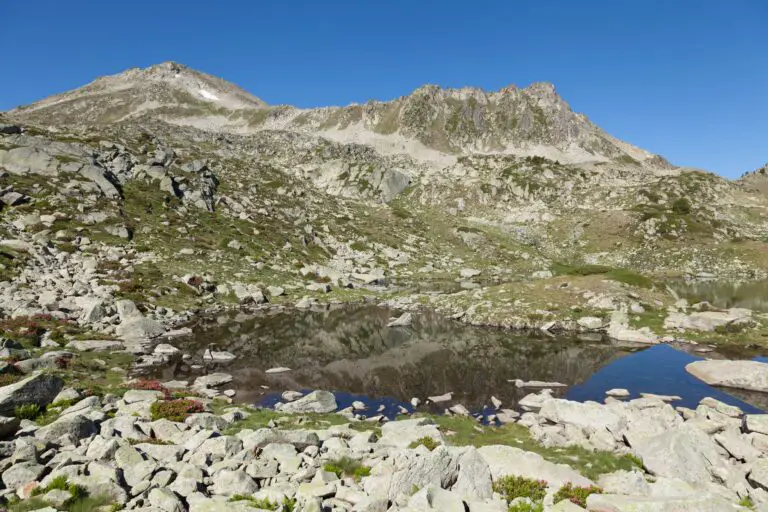
Curious minds who yearn to delve deeper into the detailed screenplay of how these rocks form can embark on a literary adventure at Geology In, where the narrative of how sedimentary rocks come to be is elegantly unfolded.
There you have it, a brief and intriguing peek into the realm of sedimentary rocks. They’re not just stones; they are the echoes of ancient environments, the whispers of history, and a testament to the relentless, yet patient, artistry of nature. So next time you pick up a smooth pebble or marvel at a sandstone cliff, remember: you’re holding a piece of our planet’s past, a silent narrator of Earth’s ever-unfolding geological saga.
Sediment to Stone: The Formation Process
Ever wondered how the majestic cliffs or the sandy beaches came to be? The birth of sedimentary rocks is a spectacular geological ballet, with Earth’s natural forces choreographing every move. Let’s unfold this natural masterpiece, piece by piece, from sediment to stone.
Imagine Earth’s surface as a giant puzzle, with pieces transforming and relocating over time. The grand show kicks off with weathering—nature’s way of breaking down rocks into smaller particles, akin to a sculptor chipping away at a block of marble. These bits and pieces, like remnants of ancient sculptures, are the starting line for our sedimentary rock saga.
Following weathering’s lead, erosion steps in as the transport agent. Driven by water, wind, and gravity, erosion carries our story’s protagonists—sediment particles—on thrilling journeys across landscapes, rivers, and oceans. They may tumble down mountainsides, traverse riverbeds, or get swept along shorelines in their quest for a final resting place.
Deposition: The Plot Thickens
As the landscape morphs, these weary travelers settle down layer upon layer in a process known as deposition. Picture an ancient seabed, a lake bottom, or a quiet river delta; these are the theaters where sediment accumulates over eons, writing geological epics one stratum at a time.
Over time, these layers grow heavy, with newer chapters piling on top of the old. Under this weight, a transformation begins. Compaction squeezes the sediment, pressing out the water and air trapped between particles. This stage sets the stage for consolidation, denser and that much closer to becoming rock-solid.
From Loose Layers to Rocky Relics
But the story isn’t complete without cementation, the binding chapter of sedimentary rock formation. Minerals like quartz, calcite, or iron oxides percolate through the sediment, acting as a natural glue that cements the particles together. This process is the grand finale, turning our loose sediment into a coherent, solid rock that can withstand the tests of time.
And there you have it—a tale as old as time, with each sedimentary rock holding secrets from millions of years past, waiting to be read by those who know the language of the stones. If you’d like to see this fascinating process in action, check out this informative resource on weathering and erosion, key players in the genesis of sedimentary rocks.
From the towering sandstone cliffs to the humble shale beneath our feet, these stones chronicle the dynamic processes that sculpt our planet’s surface. Each layer tells a story of ancient environments, and with it, the history of the Earth itself unravels. Next time you encounter a sedimentary rock, know you’re looking at a page from Earth’s deep and wondrous diary.
Classifying Sedimentary Rocks: Types and Textures
When it comes to storytelling, sedimentary rocks are Earth’s autobiographers, penning down the history of our planet’s surface environments in layers of minerals and organic matter. Imagine holding a piece of this history in your hands, each grain, each layer, a sentence from an ancient text, revealing secrets of the past. So, let’s dive into the fascinating world of sedimentary rocks and uncover the tales they tell through their diverse types and intriguing textures.
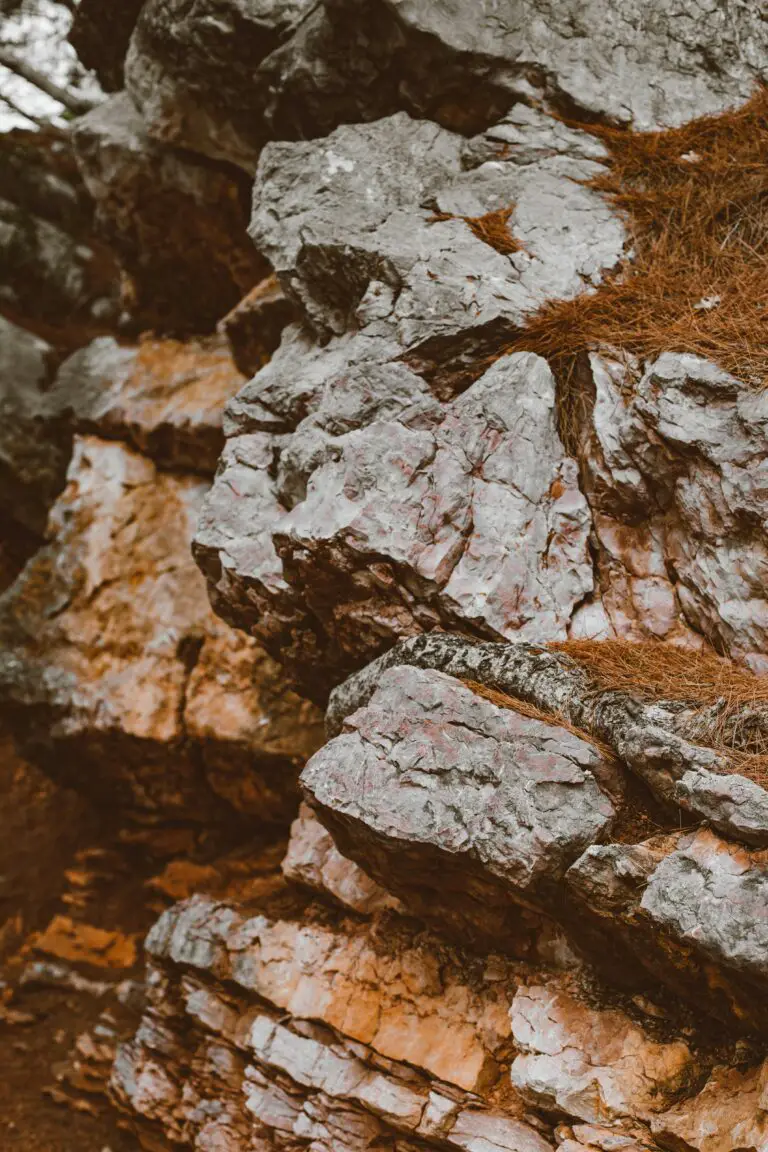
First up, meet the clastic crew – the bits and pieces of former rocks that have journeyed far and wide, only to settle down and bind together, forming rocks like sandstone and shale. These clastic sedimentary rocks are like time capsules; their coarse or fine textures whisper tales of ancient rivers, lakes, and the relentless forces of wind and water that shaped them.
In another corner of the sedimentary world, we discover the chemical connoisseurs. These rock types, like limestone and evaporites, are the product of minerals precipitating directly from solution. Imagine you’re lounging by a serene lake or a languid sea, and as the water evaporates, it leaves behind a crystalline residue that compacts into stone over millennia. These chemical sedimentary rocks speak of environments where water was once abundant but ebbed away, leaving a mineral-rich story in its wake.
Finally, let’s not overlook the organic aficionados. Comprising of the remnants of once-living organisms, these rocks, such as coal and certain types of limestone, are rich in organic matter. Picture dense, ancient forests or teeming coral reefs captured in time, their organic essence pressed into pages of rock, chronicling the cycles of life and death from ages long past.
A closer look at sedimentary rocks revealing different types and textures isn’t just a geological exercise; it’s an unraveling of Earth’s history. For instance, by examining the grain size and composition of a sedimentary rock, geologists can decode the conditions under which the rock formed. Whether deposited by gentle currents or tumultuous waves, each texture narrates a unique environmental saga.
The drama of Earth’s surface processes is recorded in the structure and composition of sedimentary rocks. Yet, to fully appreciate this narrative, one must understand the geological processes that inscribe such tales. Insight into the chronicles of our planet isn’t found just in textbooks but etched into the very fragments beneath our feet.
Embark on a journey through these earthly archives, and you’ll never look at a simple stone the same way again. Sedimentary rocks, with their sundry types and textures, are not mere rocks; they’re chapters of Earth’s grand epic, waiting to be read by those curious enough to ponder their origins.
Strata Stories: Reading Earth’s History
Imagine for a moment that Earth has written a diary, but instead of words, it has used layers upon layers of rock to document its life story. This is what sedimentary rocks are all about—a geological archive that dates back millions of years. Welcome to the captivating world of stratification, where each stratum, or layer, has a tale to tell.
Stratification is not an overnight affair; it’s the delicate art of nature, played out over millennia. Imagine a tranquil riverbank where sediments accumulate gradually, giving us hints about the environment of yesteryears. Fast forward to today, and geologists, like detectives, analyze these layers to unearth the secrets of Earth’s past.
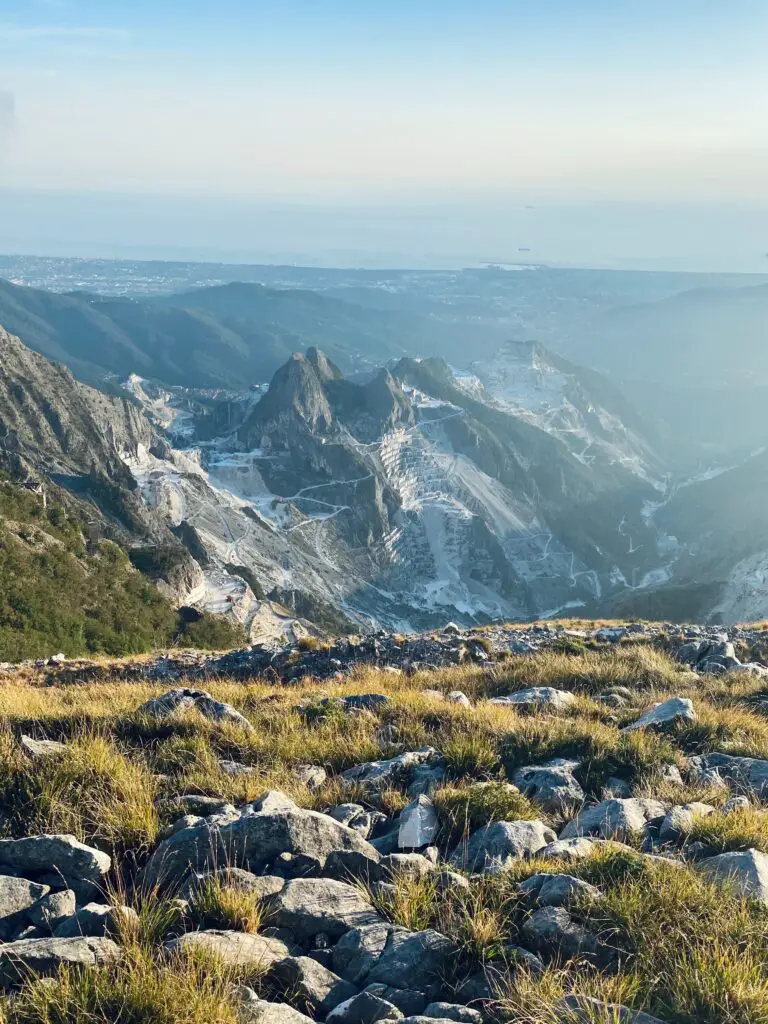
Consider a cross-section of a cliff face, where bands of different colors and textures stand out. These varied hues are not just for show—they’re snapshots of different ages. A dark band might signify an ancient forest’s remains, while a sandy layer may tell us of a time when the area was a vast desert. These are nature’s history books, and they’re open for us to read.
But how do we decode these rocky manuscripts? Geologists have an array of tools at their disposal. Radiometric dating, for instance, allows us to pin down the age of a rock layer with remarkable precision, using the decay of naturally occurring isotopes as a clock. This method has told us the age of the Earth and even when dinos roamed our lands.
Geology is hands-on history. It calls for us to piece together past climates, landscapes, and life on Earth. Each layer of sedimentary rock not only adds to the geological column but also intertwines with the evolutionary narrative of our planet. So the next time you stumble upon a sedimentary rock, take a closer look—you might just be holding a page from Earth’s grand chronicle.
The Role of Water in Shaping Sedimentary Rocks
When we think about rock formation, it’s easy to picture volcanic eruptions spewing lava or massive tectonic plates crunching together. But what about those rocks that tell the quieter side of Earth’s story? Sedimentary rocks have their tales to tell, and water is their ghostwriter.
Consider this: without water, the drama of sedimentary rocks couldn’t even begin. Water acts like nature’s conveyor belt, picking up loose sediments — tiny fragments of rock and minerals — from erosion and weathering. These sediments travel in water’s grasp, sometimes for vast distances, finding new homes along riverbeds, in lakes, or at the ocean floor. Without this movement, sediments would never collide, compress, or cuddle up tight enough to start their transformation into rock.
Here’s a real-life script to illustrate the wonder. Imagine a mountain eroding bit by bit, its particles journeying through a gurgling stream that trickles out into a serene lake. Over time, layer upon layer of these tired travelers settle down at the bottom. It’s like a jigsaw puzzle assembling itself; with water directing where each piece goes. Gravity kicks in, pressing them down, and before long — presto! We’ve got the makings of sedimentary rock.
However, water isn’t just a silent carrier. It’s a sculptor, bending and shaping the earth’s crust with a fluid grace. 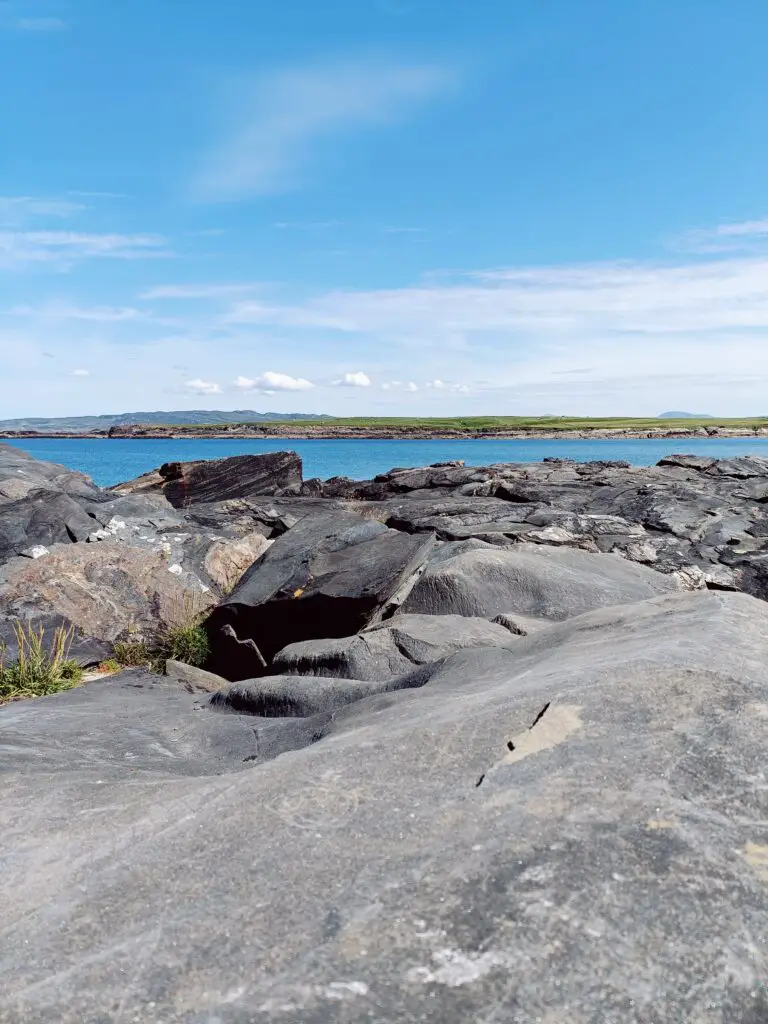 Ever witnessed rock formations by the seashore? That’s water’s handiwork! Over centuries, water dances against the rock, coaxing it to relinquish its sediments, contributing to the cycle that forms siblings downstream.
Ever witnessed rock formations by the seashore? That’s water’s handiwork! Over centuries, water dances against the rock, coaxing it to relinquish its sediments, contributing to the cycle that forms siblings downstream.
All in all, the fluidity of water proves crucial to sedimentary rock formation. It works tirelessly, lulling rocks and minerals to band together, layer upon layer, in a quiet symphony of geological history. So the next time you hold a sedimentary rock, remember: it’s a memoir composed by water, narrating a long journey from peak to valley to basin — a geological passport stamped at every turn by the currents of time.
Fossils: Life Encased in Stone
Have you ever wandered along a rocky shore or sifted through the layers of a sedimentary cliff and stumbled upon a curious imprint of what looks like a leaf, a shell, or even a bone? Well, you’ve likely had a rare encounter with history frozen in time—fossils delicately preserved within sedimentary rocks!
But how do these remnants of ancient life end up trapped in stone? It’s a tale as old as time itself, beginning with sediment composed of sand, silt, and clay. This fine debris is often deposited in calm environments, like the bottom of lakes, oceans, or slow-moving rivers. Over time, layers upon layers pile up, burying dead organisms between the grains. As the layers build up, pressure mounts, and with a dash of mineral-rich water acting as nature’s glue, these sediments harden into rock. Voilà – sedimentary rocks are born, encapsulating echoes of ancient life within.
What’s truly fascinating is that fossils tell us so much more than just the appearance of ancient creatures. They are like puzzle pieces from the past that help us decipher environmental conditions long gone. The presence of marine fossils on mountaintops, for instance, opens chapters to Earth’s story where oceans once flourished where now there are peaks. Such discoveries are nothing short of mind-boggling and speak volumes about our planet’s dynamic nature.
Imagine finding a fossil of a creature that swam in primordial seas over 500 million years ago or uncovering the remains of a dinosaur that roamed Earth before humans were even a thought. These are not just rocks; they are archives of history preserving the very essence of life that once thrived on this ever-changing planet.
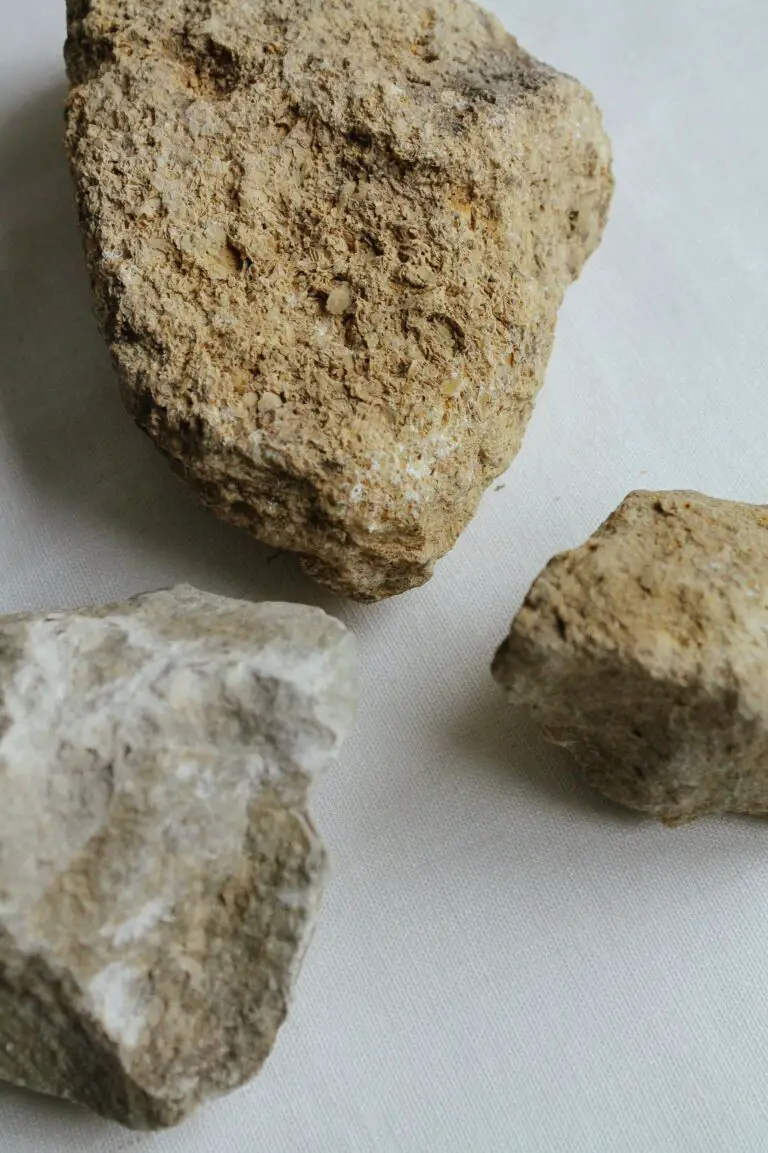
Each fossil encapsulated within the layers of sedimentary rock is a testament to life’s resilience and Earth’s transformative journey. They are natural curiosities that invite us to ponder and appreciate the relentless march of time, and the beautiful, yet impermanent nature of life itself. As we hold these fossils in our hands, we’re not just touching stone—we’re connecting with the age-old stories that our Earth eagerly shares with us.
Real-Life Examples of Sedimentary Rock Fossils
Take the Grand Canyon, for example, a geological masterpiece showcasing a sequential timeline of Earth’s crust. Here, amongst the varied sedimentary layers, you can find trilobites and brachiopods—marine creatures that scuttled and filtered their way through ancient Cambrian seas. Or consider the White Cliffs of Dover, composed of chalk full of countless microscopic algae fossilized and compressed over millions of years.
These real-life examples are not just sights to behold; they offer tangible proof of the dynamic ballet of geology and biology that has been choreographed over the eons. Every fossil discovery is a snapshot of an evolving Earth, a narrative of survival and extinction, and a connection to the ancestral lineage of all life on our planet. Indeed, in the realm of sedimentary rocks, fossils are the ultimate storytellers, unwaveringly whispering tales from the depths of time.
The Impact of Sedimentary Rocks on Human Life
Have you ever wondered about the silent, sturdy presence of rocks underfoot? Sedimentary rocks, Earth’s unassuming geological wonders, play a vital role in our daily lives – often without us even noticing! Let’s dive into the fascinating world of sedimentary rocks and unravel the myriad ways they bolster human civilization.
Building the Foundations of Modern Society
Take a stroll through history, and you’ll find that the rise of human civilization has been built, quite literally, on sedimentary rocks. From the imposing limestone facades of the Egyptian pyramids to the sturdy sandstone walls of ancient fortresses, these rocks have laid the groundwork for architectural marvels. Today, sedimentary rocks such as shale, slate, and sandstone remain top picks for constructing homes, monumental buildings, and an array of infrastructure, showcasing their timeless utility in construction.
Indispensable Allies in Industry
Industries across the board have something in common: a profound reliance on sedimentary rocks. The manufacturing sector, for instance, uses clay, another sedimentary gem, for making bricks, ceramics, and cement. Even in the 21st century, this unassuming rock forms the backbone of construction and industrial design—a testament to its unwavering value.
Hidden Treasures: Oil and Groundwater Reservoirs
Beyond the visible uses, sedimentary rocks conceal yet another gift—reservoirs of black gold, aka petroleum. These rocks, primarily sandstones and limestones, have the perfect porous qualities to harbor oil deposits essential for our energy-hungry world. And let’s not forget water! The same porosity that cradles oil also makes sedimentary rocks prime zones for groundwater storage, quenching the thirst of countless aquifers and wells worldwide.
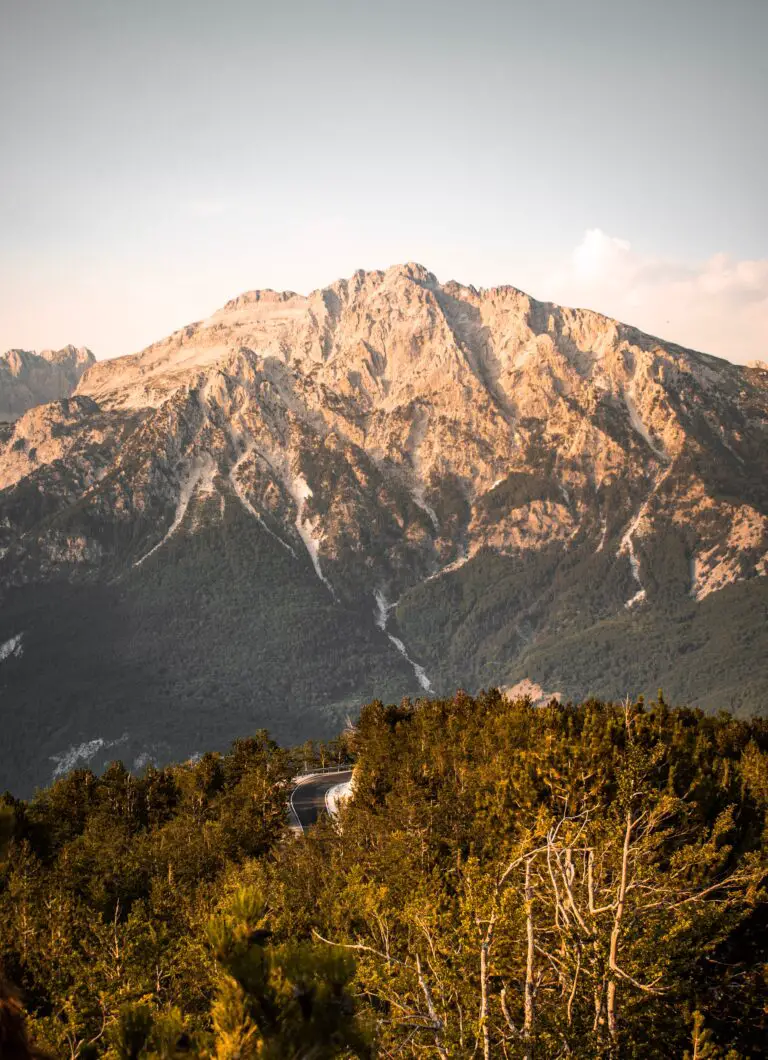
As we excavate sediments of the past, transforming them into the building blocks of our future, sedimentary rocks indeed prove to be Earth’s geological marvels, deeply intertwined with the tapestry of human life. Their story is a testament to the enduring legacy of nature’s offerings and human ingenuity combined.
Conservation and Sustainable Use of Sedimentary Rocks
Earth’s crust is a treasure trove of geological wonders, and sedimentary rocks are among its most valuable assets. But with great value comes great responsibility. As we delve into the story of these ancient stones, let us turn the pages to a chapter of utmost importance: sustainability and conservation in the realm of quarrying and harnessing the versatile sedimentary rocks. Understanding how do sedimentary rocks form is not just a lesson in geology—it’s a step towards protecting our planet.
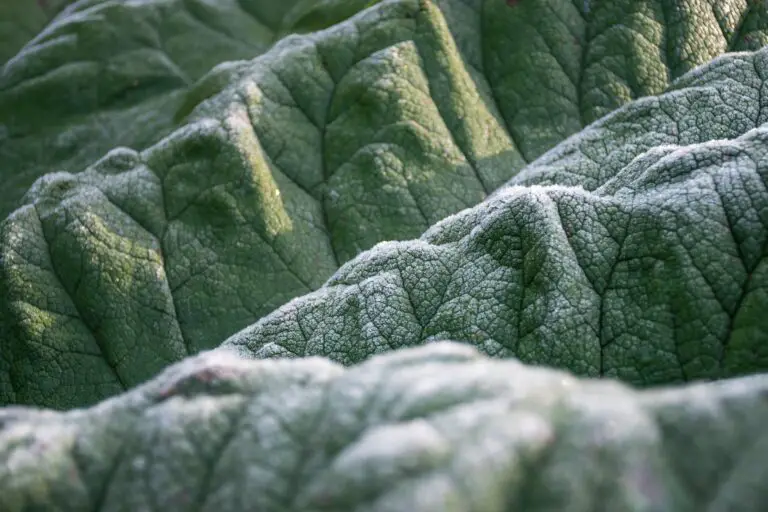
Imagine, for a moment, the quarries where these rocks are extracted. Gigantic machines and incessant activity mark the area, but so does the potential for environmental disruption. However, amidst the dust and noise, a revolution of responsible practices is taking root. Forward-thinking companies are adopting eco-friendly quarrying methods, such as water recycling, dust control measures, and phased land restoration. These actions not only minimize the ecological footprint but also pave the way for the site’s rebirth once the quarrying concludes.
Yet the narrative of conservation extends beyond the quarry walls. Many builders, architects, and designers are actively choosing sedimentary rocks not just for their aesthetic and structural properties, but also for their durability and long life cycle, which lowers the demand on raw materials and reduces waste. Imagine buildings and monuments that, much like the geological processes that formed their fundamental stones, stand the test of time without depleting our natural resources.
In the realm of sedimentary rocks, the term ‘reuse’ takes on a new dimension. We’ve seen stunning examples of old structures being repurposed, their stone bones granting new life to modern spaces. This is the embodiment of a circular economy within geology, where every piece of rock, from limestone facades to sandstone pathways, is cherished and utilized to its fullest.
The conversation and actions around the sustainable use of sedimentary rocks are not just carving a niche—they’re etching an indelible mark on the bedrock of our society. By engaging in this dialogue, embracing innovation, and championing eco-conscious choices, we forge a legacy as enduring as the rocks themselves. And as we do, we lend a voice to the silent sentinels of Earth’s history, ensuring that their stories of formation and transformation continue to inspire generations to come.
Frequently Asked Questions
Curious about the gritty details of sedimentary rocks? You’re not alone! From their humble beginnings as tiny particles to their role as Earth’s chroniclers, sedimentary rocks have quite a story to tell. So, let’s dive into some common questions about these geological marvels.
What’s the Story Behind Sedimentary Rocks?
Imagine a biography of Earth where each layer is a page in its history. Well, sedimentary rocks are just that! Formed from the accumulation of mineral and organic particles, these rocks offer a glimpse into the past. Picture the Grand Canyon’s vast layers—each one represents an ancient episode of Earth’s life, meticulously recorded over millions of years.
How Exactly Do These Rocks Come to Be?
It starts with a journey. Tiny fragments break off from larger rocks through weathering and erosion, often traveling vast distances by wind, water, or ice. These adventurers eventually settle down and accumulate, layer by layer, in environments like lakes, oceans, and deserts. Over time, they’re cemented together by minerals, turning into the solid rock that piques our curiosity.

Are There Different Types of Sedimentary Rocks?
Absolutely! Think of it as the rock family tree. You’ve got your clastic sedimentary rocks, made from broken fragments – like the sandstone beneath your feet at the beach. Then there’s chemical sedimentary rocks, formed from mineral-rich solutions – the stalactites and stalagmites you marvel at in caves. And don’t forget organic sedimentary rocks, which owe their existence to the remains of dead plants and animals – like coal, powering our homes.
Why Should We Care About Them?
Aside from their scientific allure, sedimentary rocks are unsung heroes in our daily lives. They filter our water, are vital sources of fossil fuels, and serve as natural reservoirs for groundwater. Ever marvel at the spectacular arches in Utah? That’s sandstone sculpted over centuries. These rocks aren’t just museum pieces; they’re active participants in our world, shaping landscapes and lifeways.
What Can Sedimentary Rocks Tell Us About Climate Change?
Think of sedimentary rocks as Earth’s diary, logging climate data long before humans set foot on the planet. The layers can reveal ancient temperatures, rainfall patterns, and even the presence of ice ages! By reading these stone pages, scientists gain critical insights into how our climate has shifted over time, helping us predict future changes.



